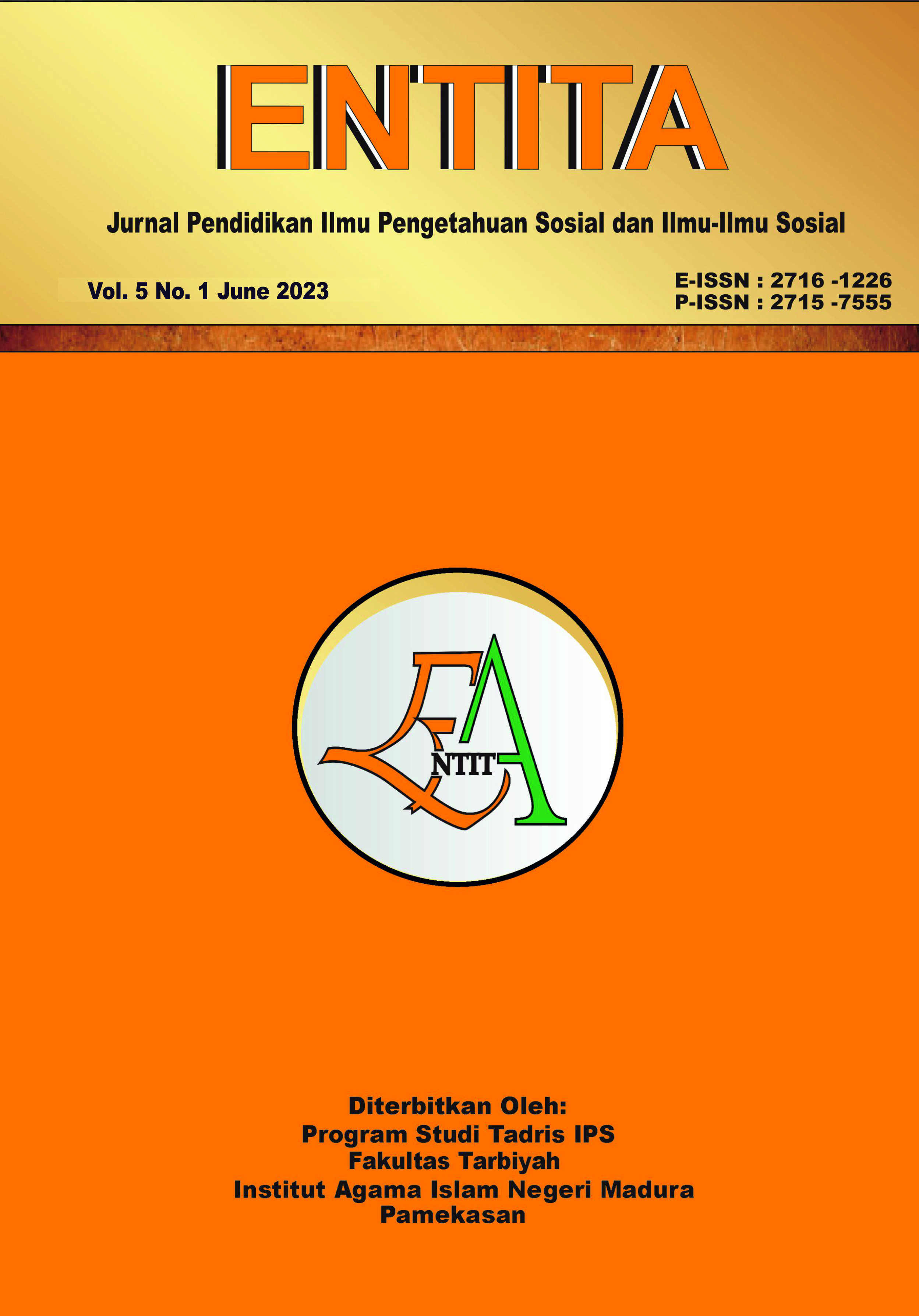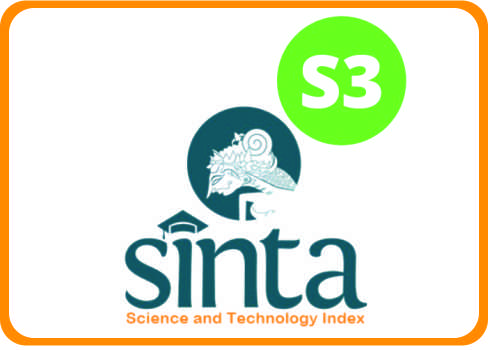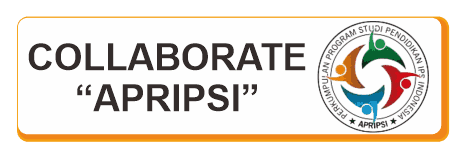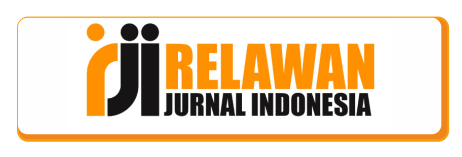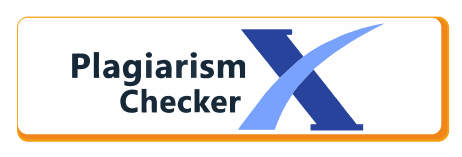The Influence of ArcGIS Story Maps Learning Media on Students' Understanding of the Geographical Location of ASEAN Countries (Quasi Experiment Grade 8 at SMPN 29 Bandung)
 Abstract views: 485
,
Abstract views: 485
,
 PDF downloads: 338
PDF downloads: 338
Abstract
In the current era of ICT (Information and Communication Technology) development, learning media is undergoing transformation in its application. Teachers can use ICT in the application of varied and interactive media to help increase students' understanding of social studies materials such as ArcGIS Story Maps which can provide concrete visualization so that students will understand social studies material better. The purpose of the research was to analyze the influence of the application of ArcGIS Story Maps media about the Geographical Location of ASEAN Countries on the understanding of grade 8 students of SMPN 29 Bandung. This research uses quantitative approaches and experimental methods with quasi-experimental design, precisely non-equivalent control group design. Based on the results of the study, it was found that both in the experimental and control classes there were differences in students' understanding in the pre-test and post-test. If the two classes are compared, then in the pre-test there is no difference in understanding between the experimental and control classes with Asymp.Sig. (2- tailed) of 0.939 > 0.05, but in the post-test there is a difference in understanding with Asymp.Sig. (2- tailed) of 0.045 < 0.05. The N-Gain value of student comprehension is 1,622 > 1, indicating that there is a difference in understanding where learning using ArcGIS Story Maps media is more able to increase student understanding than learning with interactive Power Point. Suggestions from this study, social studies teachers can develop ArcGIS Story Maps media in the social studies learning process that is tailored to learning needs.
Downloads
References
Alazmi, H. S. (2020). The Development of GIS Instruksional Model Facilitate Authentic Intellectual Work in Secondary Social Studies Classrooms in Kuwait. Virginia Polytechnic Institute and State University.
Alemy, A., Hudzik, S., & Matthews, C. N. (2017). Creating a User-Friendly Interactive Interpretive Resource with ESRI’s ArcGIS Story Map Program. Historical Archaeology, 51(2), 288–297. https://doi.org/10.1007/s41636-017-0013-7
Arikunto. (2015). Dasar-Dasar Evaluasi Pembelajaran. Bumi Aksara.
Bakar, R. A. (2015). Dasar-Dasar Pendidikan. Gema Insani.
Cohen, L., Manion, L., & Morrison, K. (2018). Research Methods in Education. Routlege.
Cope, M. P., Mikhailova, E. A., Post, C. J., Schlautman, M. A., & Carbajales-Dale, P. (2018). Developing and Evaluating an ESRI Story Map as an Educational Tool. Natural Sciences Education, 47(1), 1–9. https://doi.org/10.4195/nse2018.04.0008
Egiebor, E. E., & Foster, E. J. (2018). Students’ Perceptions of Their Engagement Using GIS-Story Maps. Journal of Geography, 118(2), 51–65. https://doi.org/10.1080/00221341.2018.1515975
Fajriati, D. N. (2018). Faktor-Faktor Kesulitan Belajar Mata Pelajaran Ilmu Pengetahuan Sosial Pada Siswa Kelas VIII SMPN 2 Melati Tahun Ajaran 2017/2018. Universitas Negeri Yogyakarta.
Herlina, P., & Saputra, E. R. (2022). Pengembangan Media Power point Sebagai Media Pembelajaran Bahasa Indonesia di Sekolah Dasar. Jurnal Basicedu, 6(2), 1800–1890.
Hong, J. E., & Melville, A. (2018). Training Social Studies Teachers to Develop Inquiry-Based GIS Lessons. Journal of Geography, 117(6), 229–244. https://doi.org/10.1080/00221341.2017.1371205
Karima, M. K., & Ramadhani. (2018). Permasalahan Pembelajaran IPS dan Strategi Jitu Pemecahannya. ITTIHAD, 11(1), 43–53.
Komalasari, K. (2014). Pembelajaran Kontekstual Konsep dan Aplikasi. PT Reflika Aditama.
Lafendry, F. (2023). TEORI PENDIDIKAN TUNTAS MASTERY LEARNING BENYAMIN S. BLOOM Ferdinal Lafendry. 6(1). https://stai-binamadani.e-journal.id/Tarbawi
Marta, M., & Osso, P. (2015). Story Maps at school: teaching and learning stories with map. Journal of Reasearch and Didactics in Geography, 2(4), 61–68.
Misajet, C. (2020). Harnessing GIST-Enabled Resources in the Classroom: Developing A Story Map for Use with Secondary Students. University of Southern California.
Nasution, T., & Lubis, M. A. (2018). Konsep Dasar IPS. Penerbit Samudra Biru.
Nurani, G. C. (2015). Analisis Kesulitan-Kesulitan Belajar IPS Siswa Kelas IV Dalam Implementasi Kurikulum 2013 di SD Piloting SeKabupaten Gianyar Tahun Pelajaran 2014/2015. E-Journal PGSD Universitas Pendidikan Ganesha, 3(1).
Rizal, S. U., Maharani, I. N., Ramadhan, M. N., Rizqiawan, D. W., Abdurachman, J., & Damayanti. (2016). Media Pembelajaran Penulis. CV. Nurani. www.penerbit-nurani.com
Said, H., & Hasanuddin, M. I. (2019). Media Pembelajaran Berbasisi ICT: Pengaruh Media Pembelajaran ICT Terhadap Hasil Belajar Mahasiswa. IAIN Pare-Pare Nusantara Press.
Sasmita, I., Waluyati, I., & Syaifullah. (2022). Pengaruh Penggunaan Media Pembelajaran Terhadap Tingkat Pemahaman Peserta Didik Pada Pembelajaran IPS Di SMPN 6 Woja. Edusociata: Jurnal Pendidikan Sosiologi, 5(2), 1–10.
Setiawan, M. A. (2017). Belajar dan Pembelajaran. Uwais Inspirasi Indonesia.
Strachan, C., & Mitchell, J. (2014). Teachers’ Perceptions of Esri Story Maps as Effective Teaching Tools. Review of International Geographical Education Online ©RIGEO, 4(3), 196–220. www.rigeo.org
Susanti, E., & Endayani, H. (2018). Konsep Dasar IPS. CV. Widya Puspita.
Susanto, A. (2014). Pengembangan Pembelajaran Ips di Sekolah Dasar. Prenadamedia Group.
Treves, R., Mansell, D., & France, D. (2021). Student authored atlas tours (story maps) as geography assignments. Journal of Geography in Higher Education, 45(2), 279–297. https://doi.org/10.1080/03098265.2020.1827375
Vojteková, J., Žoncová, M., Tirpáková, A., & Vojtek, M. (2021). Evaluation of story maps by future geography teachers. Journal of Geography in Higher Education, 46(3), 360–382. https://doi.org/10.1080/03098265.2021.1902958
Wulandari, E. (2022). Pemanfaatan Powerpoint Interaktif Sebagai Media Pembelajaran Dalam Hybrid Learning. Jurnal Pendidikan Dan Ilmu Sosial, 1(2), 26–32.
Copyright (c) 2023 ENTITA: Jurnal Pendidikan Ilmu Pengetahuan Sosial dan Ilmu-Ilmu Sosial

This work is licensed under a Creative Commons Attribution-NonCommercial 4.0 International License.
ENTITA: Jurnal Pendidikan Ilmu Pengetahuan Sosial dan Ilmu-Ilmu Sosial operates an Open Access policy under a Creative Commons Non-Commercial 4.0 International license. Authors who publish with this journal agree to the following terms:
- The copyright of the received article once accepted for publication shall be assigned to the journal as the publisher with licensed under a

- Journal is able to enter into separate, additional contractual arrangements for the non-exclusive distribution of the journal's published version of the work (e.g., post it to an institutional repository or publish it in a book), with an acknowledgement of its initial publication in this journal.
- Journal is permitted and encouraged to post their work online (e.g., in institutional repositories or on their website) prior to and during the submission process, as it can lead to productive exchanges, as well as earlier and greater citation of published work (see The Effect of Open Access).
- Here is Copyright Transfer Form that author can download and send to OJS during submission.


